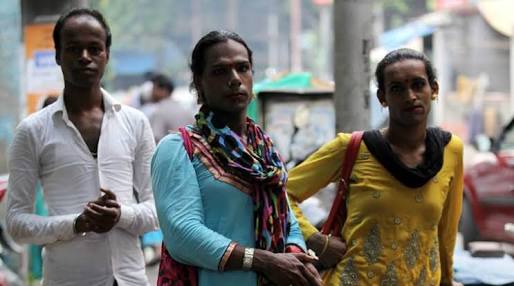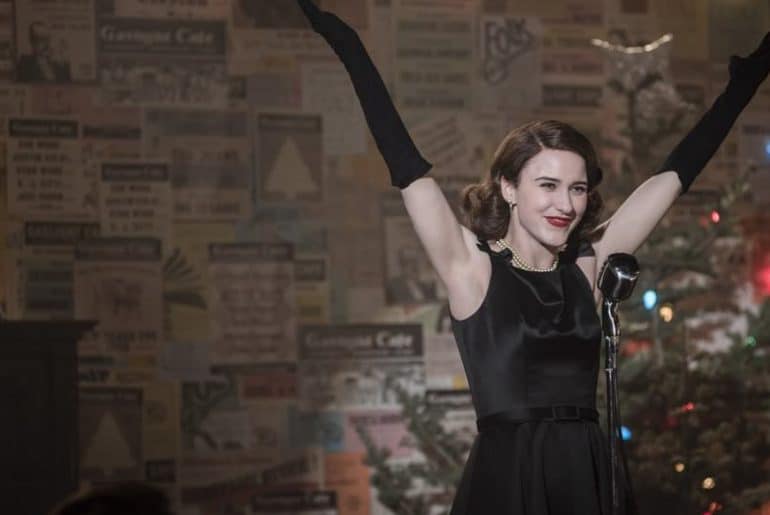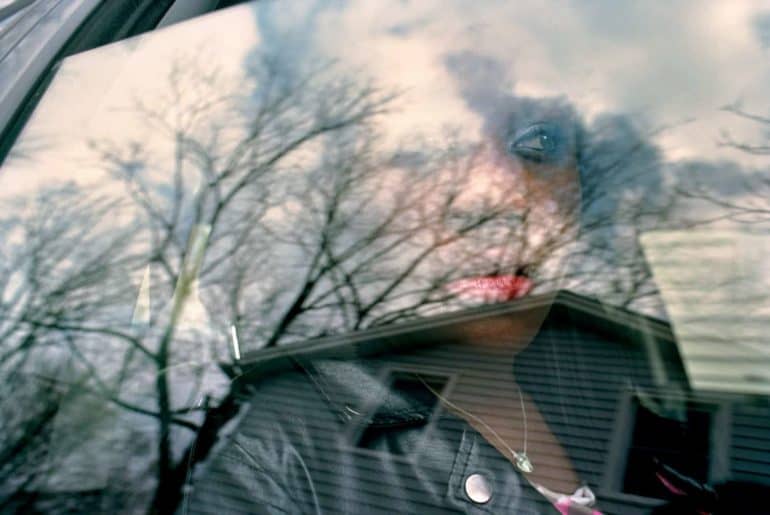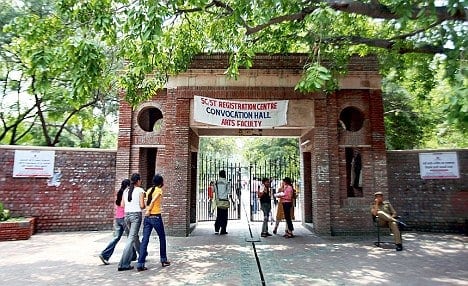The SSCBS placement season records the highest package at INR 16.25 lakhs with gross value over INR 5.4 crores and average package being 6.6 LPA.
Shaheed Sukhdev College of Business Studies (CBS) is a premier undergraduate management college under the aegis of the University of Delhi (DU) offering Bachelor of Management Studies (BMS), BBA (Financial Investment Analysis), B.Sc. (H) Computer Science and Post Graduate Diploma in Cyber Security and Law (PGDCSL).
The admission to BMS and BBA (FIA) is through the highly competitive Joint Admission Test (DU JAT) with an intake ratio of 1:140.
The first phase of the placement season of 2018-19 at CBS culminated successfully in November. The college witnessed a participation of 17 companies. KPMG and Bain Capability Centre were the largest recruiters with 16 and 15 offers respectively. The average package amounted to INR 6.6 LPA while the highest package offered was INR 16.25 LPA. The highlight of this phase was FTI consulting offering a Frontline Consulting role. This phase also saw 3 companies from the league of the Big 4, namely EY, KPMG and Deloitte. Other reputed names such as Verity Knowledge Solutions, Ken Research, Magicpin, DSV Air & Sea, Times Internet, Grant Thornton, etc. also became a part of the season.
CBS again saw multiple prestigious companies expressing their interest and faith in the quality and exposure that the students held. Companies offered a diverse set of profiles for the students this season which included roles like Front End Consulting, Analyst, Market Research, Deal Advisory, Government Risk and Operations and also jobs from the Investment Banking Division.
But the Placement Cell did not only facilitate recruitments, they also invited companies to hire interns. For instance, Goldman Sachs had visited the campus to hire interns for their Investment Banking Division.
It is important that the wider placement culture of DU too take cognisanse of these recruitments and make an effort to get every graduate placed in diverse fields before they leave the varsity space.
With inputs from the SSCBS Phase 1 Placement Report
Feature Image Credits: The Hindustan Times





















